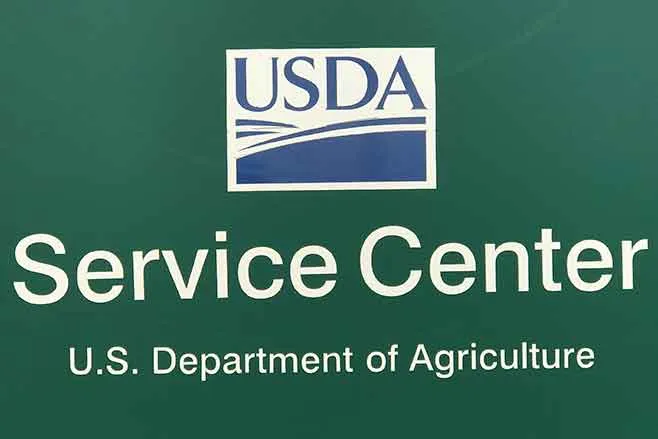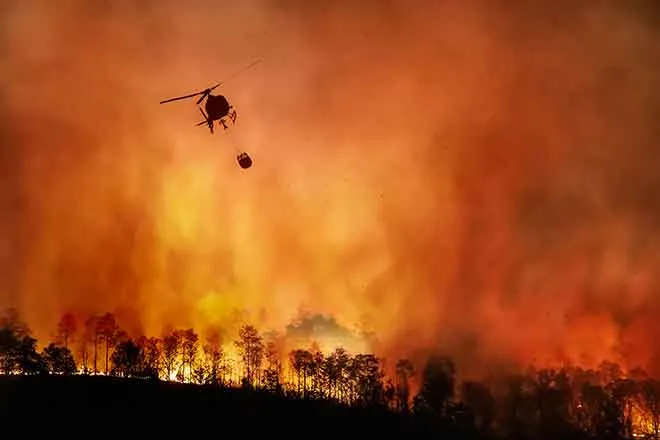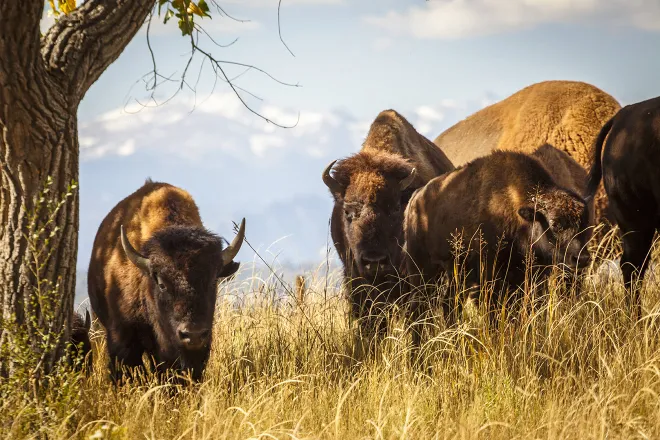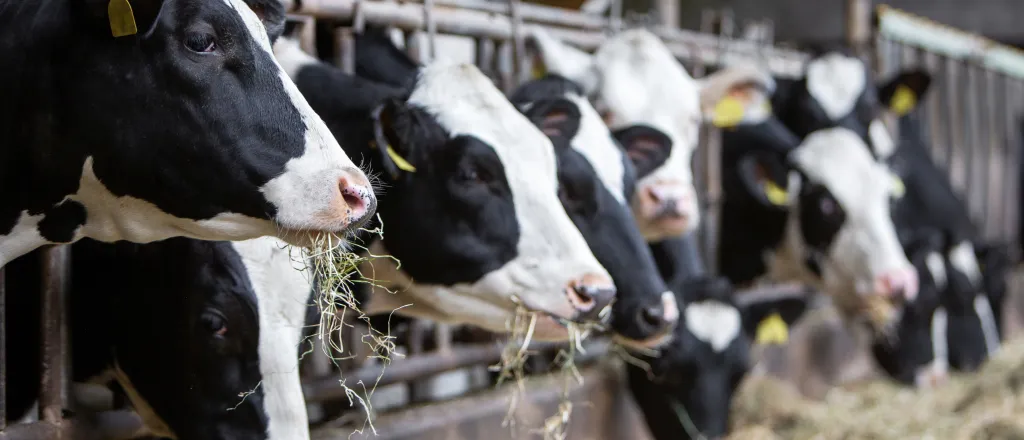
Mega-dairy farm in North Dakota closer to reality
© ahavelaar - iStock-1501815024
Click play to listen to this article.
North Dakota is joining neighboring states in welcoming large farms which dramatically boost livestock production but come with environmental concerns.
Last week, the Department of Environmental Quality issued a Concentrated Animal Feeding Operation permit to Riverview LLP for its proposed mega-dairy farm in Traill County. If it clears other hurdles, it would be the second large site operated by Riverview in the eastern half of the state near the Red River. Concentrated Animal Feeding Operations are often scrutinized for their history of air and water pollution coming from large amounts of animal waste.
Laxmi Prasad, assistant professor of agricultural and biosystems engineering and extension water engineer at North Dakota State University, said the industry has made improvements to limit environmental impacts but there are still challenges.
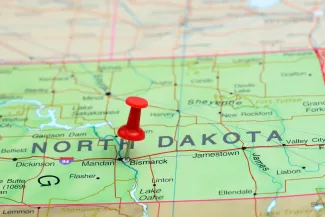
"Especially if the operations are growing in size," Prasad pointed out. "Many times, outcomes depend on implementation of the best management practices."
Local residents opposed to Riverview's plans questioned whether the company can live up to its promises to carefully handle manure and make sure it does not spill into water resources. The Traill County project involves 25,000 dairy cows.
In an emailed statement, Riverview said its dairies are designed and operated to meet or exceed strict environmental standards. North Dakota leaders have been vocal about the state's lagging animal agriculture presence in the Midwest.
State officials said Riverview made adjustments during the permitting process to address concerns from the public. However, organizations like Farm Aid insist North Dakota lacks the regulatory framework to give communities recourse if the risks become reality. Prasad pointed to a scenario where protections could fail.
"Let's say that manure enters any nearby freshwater facility, either, it could be surface waters or groundwater," Prasad outlined. "Generally, this manure brings a lot of nutrients. The important ones are nitrogen and phosphorus, (which fuel the growth of) bacteria or, or some pathogens."
He added the pathogens can harm both humans and aquatic life. Environmentalists from both North Dakota and Canada worry about this type of pollution spreading far and wide if it were to reach the Red River.
Prasad noted when managed properly, the large amounts of manure spread onto fields can serve as an organic fertilizer. But skeptics said there are still too many accidental spills and excessive applications on such sites around the U.S.





